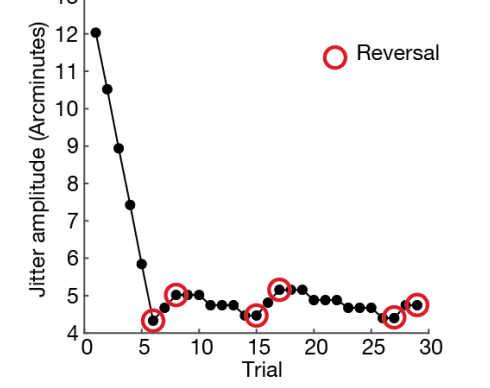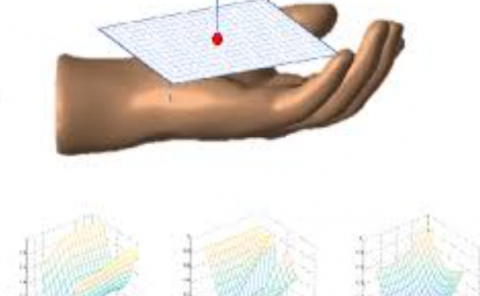Perceptibility of Jitter in Augmented Reality Head-Mounted Displays
PubDate: Oct 2022
Teams: Meta
Writers: James P. Wilmott, Ian M. Erkelens, T. Scott Murdison, Kevin W. Rio
PDF: Perceptibility of Jitter in Augmented Reality Head-Mounted Displays

Abstract
When using a see-through augmented reality head-mounted display system (AR HMD), a user’s perception of virtual content may be degraded by a variety of perceptual artifacts resulting from the architecture of rendering and display pipelines. In particular, virtual content that is rendered to appear stationary in the real world (world-locked) can be susceptible to spatial and temporal 3D position errors. A subset of these errors, termed jitter, result from mismatches between the spatial localization, rendering, and display pipelines, and can manifest as perceived motion of intended-to-be stationary content. Here, we employ psychophysical methods to quantify the perceptibility of jitter artifacts in an AR HMD. For some viewing conditions, participants perceived jitter that was smaller than the pixel pitch of the testbed (i.e., subpixel jitter). In general, we found that jitter perceptibility increased as viewing distance increased and decreased as background luminance increased. We did not find that the contrast ratio of virtual content, age, or experience with AR/VR modulated jitter perceptibility. Taken together, this study quantifies the degree of jitter that a user can perceive in an AR HMD and demonstrates that it is critical to consider the capabilities and limits of the human visual system when designing the next generation of spatial computing platforms.


